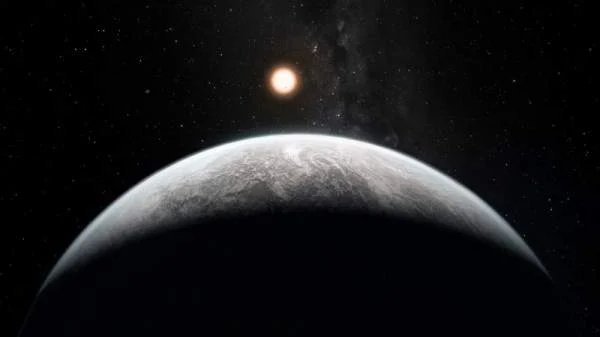Astronomers using the HARPS planet hunter have discovered more than 50 new exoplanets, including 16 super-Earths, one of which orbits at the edge of the habitable zone of its star.

By studying the properties of all the HARPS planets found so far, the scientists determined that approximately 40% of stars similar to our Sun have at least one planet lighter than Saturn.
“The harvest of discoveries from HARPS has exceeded all expectations and includes an exceptionally rich population of super-Earths and Neptune-type planets hosted by stars very similar to our Sun,” explained lead HARPS lead astronomer Michel Mayor from the University of Geneva in Switzerland.
“And even better – the new results show that the pace of discovery is accelerating.”
One of the recently discovered planets, dubbed HD 85512 b, is estimated to be only 3.6 times the mass of the Earth. It is located at the edge of the so-called “habitable zone” – a narrow area around a star in which water may be present in liquid form if conditions are right.

“This is the lowest-mass confirmed planet discovered by the radial velocity method that potentially lies in the habitable zone of its star, and the second low-mass planet discovered by HARPS inside the habitable zone,” said Lisa Kaltenegger, an expert on the habitability of exoplanets who is affiliated with both the Max Planck Institute for Astronomy and the Harvard Smithsonian Center for Astrophysics.
According to Mayor, astronomers are confident they are close to discovering more potentially habitable planets around stars similar to our Sun.
“In the coming ten to twenty years we should have the first list of potentially habitable planets in the Sun’s neighborhood. Making such a list is essential before future experiments can search for possible spectroscopic signatures of life in the exoplanet atmospheres,” he added.






